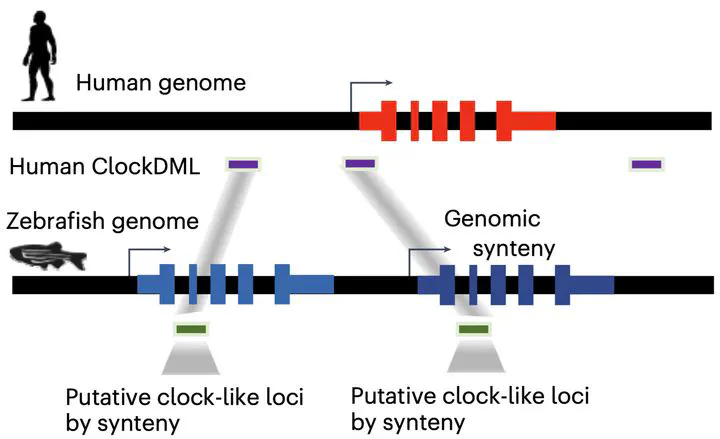Tracking single cell evolution via clock-like chromatin accessibility
May 20, 2024·
,
,
,
,
,
,
,
,
,
·
0 min read
Yu Xiao
Wan Jin
Lingao Ju
Jie Fu
Gang Wang
Mengxue Yu
Fangjin Chen
Kaiyu Qian
Xinghuan Wang
Yi Zhang

Abstract
Single-cell chromatin accessibility sequencing (scATAC-seq) reconstructs developmental trajectory by phenotypic similarity. However, inferring the exact developmental trajectory is challenging. Previous studies showed age-associated DNA methylation (DNAm) changes in specific genomic regions, termed clock-like differential methylation loci (ClockDML). Age-associated DNAm could either result from or result in chromatin accessibility changes at ClockDML. As cells undergo mitosis, the heterogeneity of chromatin accessibility on clock-like loci is reduced, providing a measure of mitotic age. In this study, we developed a method, called EpiTrace, that counts the fraction of opened clock-like loci from scATAC-seq data to determine cell age and perform lineage tracing in various cell lineages and animal species. It shows concordance with known developmental hierarchies, correlates well with DNAm-based clocks and is complementary with mutation-based lineage tracing, RNA velocity and stemness predictions. Applying EpiTrace to scATAC-seq data reveals biological insights with clinically relevant implications, ranging from hematopoiesis, organ development, tumor biology and immunity to cortical gyrification.
Publication
in Nature Biotechnology